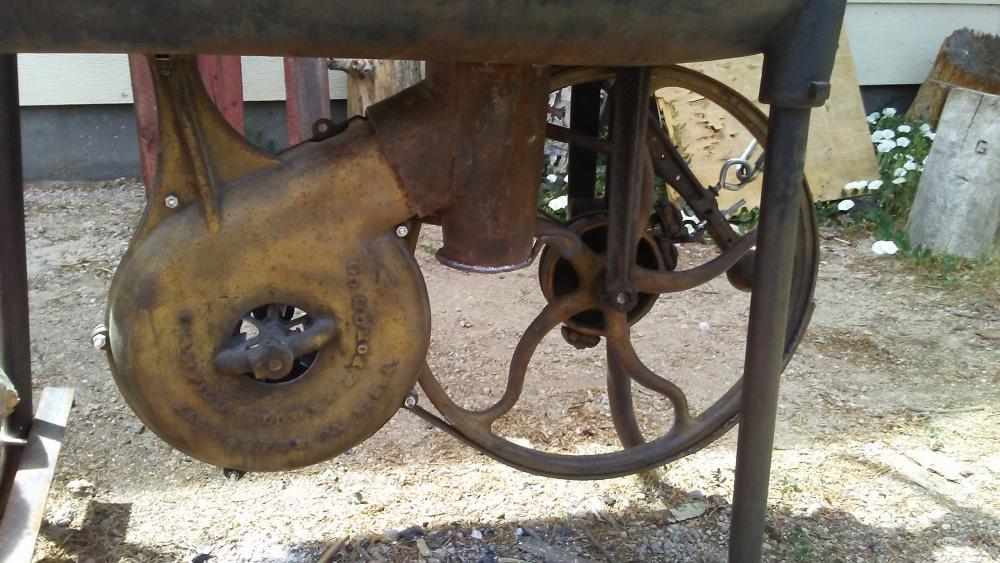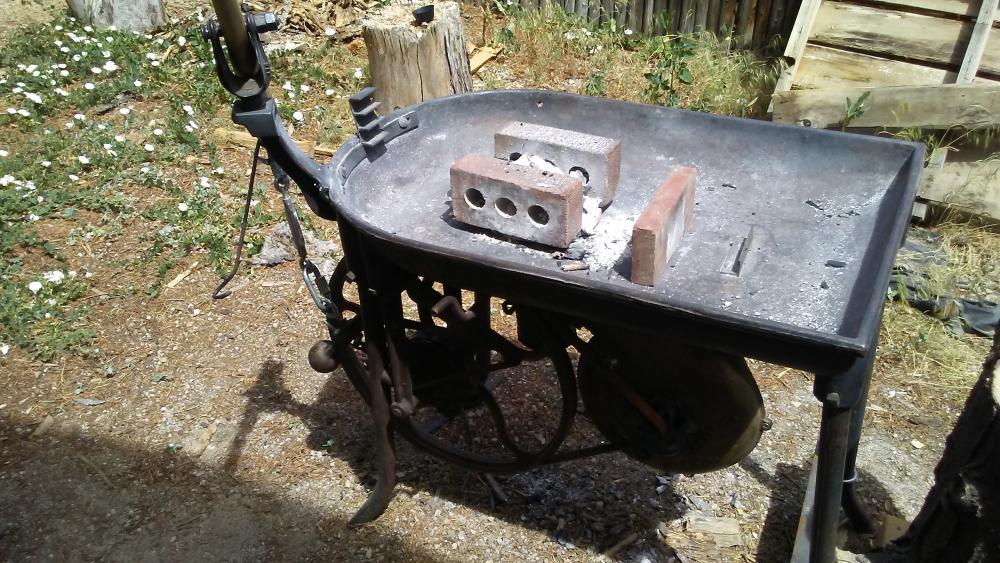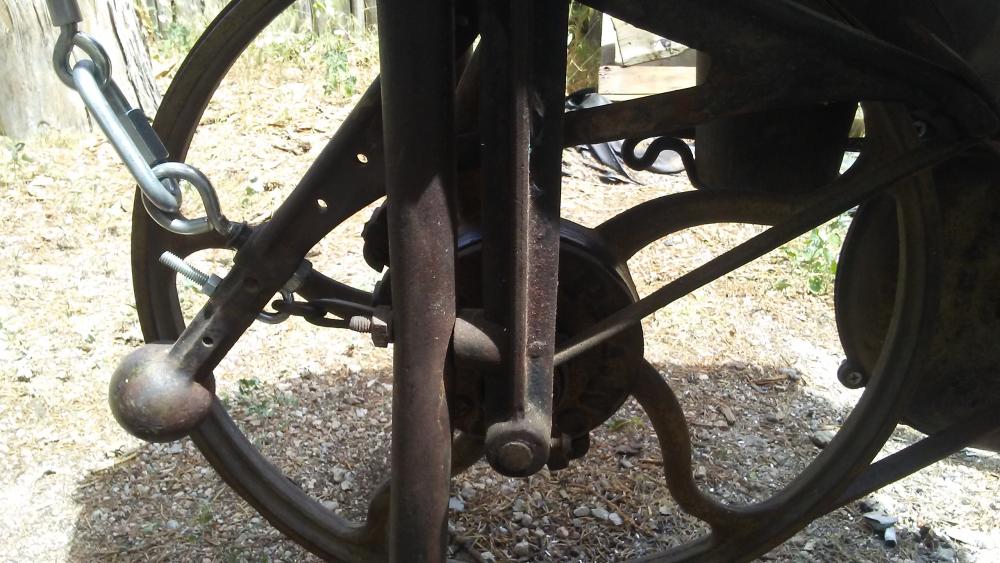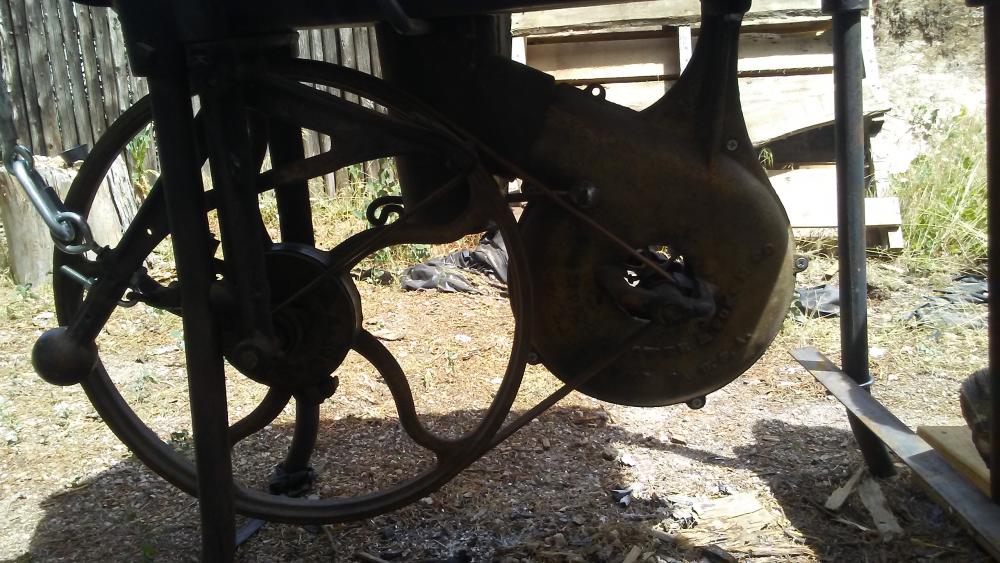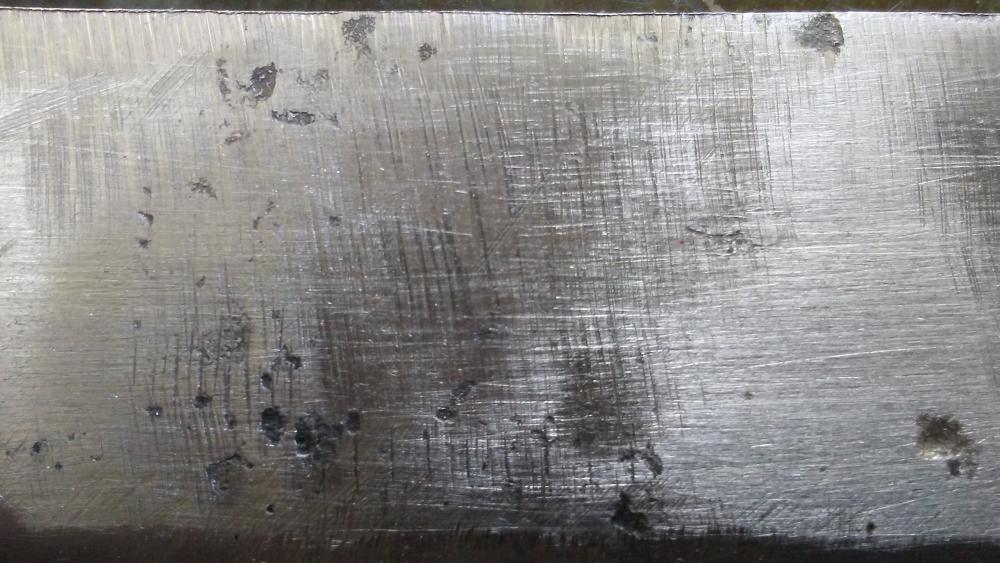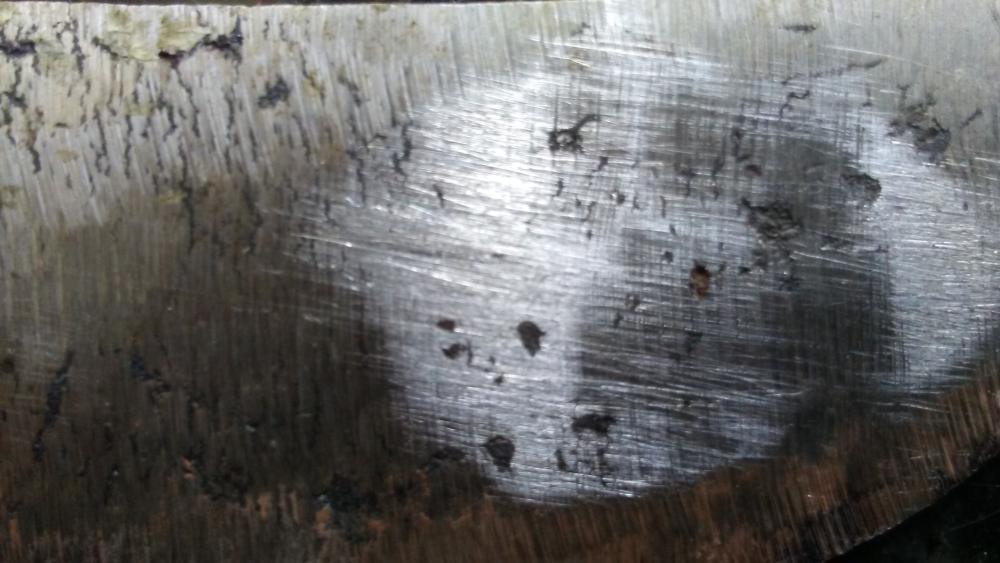
Scruffylookingnerfherder
Members-
Posts
24 -
Joined
-
Last visited
Content Type
Profiles
Forums
Articles
Gallery
Downloads
Events
Everything posted by Scruffylookingnerfherder
-
I am thinking of making a hot punch and slitter and was wondering if that requires high carbon or tool steel, or whether I could get by making them from mild steel. I figure hardening and tempering would be useless, as the hot metal would ruin a heat treat, but, if I'm not mistaken, high carbon tends to be more resilient than mild, even unhardened, so I'm not sure what to do with this. Thanks! Scruffy
-
Suitable handle scales?
Scruffylookingnerfherder replied to Scruffylookingnerfherder's topic in Finish and Polish for Knives
Thanks! Scruffy -
I am trying to put a handle on a knife and maybe a chisel that I made, and I am looking for an inexpensive way to do that. In general, would oak from the local Home Depot work for handle scales? Thanks for your time! Scruffy
-
Coal forge trouble shooting
Scruffylookingnerfherder replied to Scruffylookingnerfherder's topic in Solid Fuel Forges
Who is it hosted by? -
Coal forge trouble shooting
Scruffylookingnerfherder replied to Scruffylookingnerfherder's topic in Solid Fuel Forges
Thanks guys. I've had two fires now, so I have enough coke to get the fire going. Now I have to work on controlling my air too, a chunk fell out of my steel yesterday because I got it too hot I work outside though, so sometimes its hard to judge colors. Thanks for your help! Scruffy -
Coal forge trouble shooting
Scruffylookingnerfherder replied to Scruffylookingnerfherder's topic in Solid Fuel Forges
The coal is from Kentucky. There is a historical farm/ reenactment place nearby with a blacksmith that offered to show me the ropes, and I'll hopefully be getting in touch with him soon. Thanks for your help! Scruffy -
Hello everyone, I picked up some coal recently to use instead of charcoal, and I'm having a few problems. The store that I purchased from said that the coal is of very high quality, and that it should produce very little smoke and very few clinkers. I tried it out today, but it produced a copious amount of green tinged and white smoke, as well as lots of sticky green tinged stuff on the coal. I think those are the impurities, but it seemed like a lot. Some of the coals also stuck together in large chunks, but they weren't clinkers. Is there something that I'm doing to increase the smoke and chunks? See pictures of my forge here Thanks for any help! Scruffy
-
Interesting forge design
Scruffylookingnerfherder replied to Scruffylookingnerfherder's topic in Solid Fuel Forges
That's what the lady at the store said when I called. She couldn't say whether it was bituminous or not though. Thanks for the clarification! Scruffy -
Interesting forge design
Scruffylookingnerfherder replied to Scruffylookingnerfherder's topic in Solid Fuel Forges
I doesn't say on their website, I'll have to call them. I seen someone using a forge similar to mine just heap coal over the blower outlet with decent results. Maybe I'll try that. -
Interesting forge design
Scruffylookingnerfherder replied to Scruffylookingnerfherder's topic in Solid Fuel Forges
The place sells 'high grade Kentucky coal.' Is that bituminous? For general forging, do I need to use bricks for the proper fire depth, or can I just pile it over the blower outlet? -
Interesting forge design
Scruffylookingnerfherder replied to Scruffylookingnerfherder's topic in Solid Fuel Forges
Alright, so I recently discovered a farrier supply store within driving distance that sells coal. I'll have to do some research on how to maintain a coal fire, but if I do pick some up, how does it change how I operate the forge? Do I still need to use bricks as a fire pot? Can I use more air than I do with charcoal? Thanks! Scruffy -
Unfortunately, the scrap yards around here only buy and recycle steel, they don't sell it to anyone. That's why I originally bought an anvil from harbor freight. There are a few steel shops I could call, however, to see if they sell scraps. Is there a specific type of steel I should ask for, or will any carbon or tool steel work? Does it need to be heat treated? Thanks, Scruffy
-
Hello again. I am currently using an Anvil Shaped Object to forge, and I am looking to upgrade. Does anyone have experience or know if the anvil in the link would be a good anvil? I am mostly forging smallish knives at the moment. Thanks! http://oldworldanvils.com/anvils/4x4-stake-anvil.html Scruffy
-
Interesting forge design
Scruffylookingnerfherder replied to Scruffylookingnerfherder's topic in Solid Fuel Forges
Thanks ever so much, I really appreciate it. Scruffy -
Interesting forge design
Scruffylookingnerfherder replied to Scruffylookingnerfherder's topic in Solid Fuel Forges
How would one go about claying it? Also, forgive my ignorance, but from what the interwebs say, banking is for keeping a fire going for long periods without adding new fuel? What is the difference between the banking you mean and that? Are they the same? Thanks for your assistance Scruffy -
This is my first forge that I picked up off of craigslist. I was wondering if anyone knows anything about this forge design and how to use it more effectively. I use the bricks in the middle as a makeshift fire pot, and the blower is powered by a handle that is just out of frame, connected to a system of wheels and leather belts. Thanks! Scruffy
-
Thanks for the warm welcome Mr. Frosty! As for your first question, all my nerfs are impeccably groomed, I tend to be the scruffy one. As for your suggestions, am I right in saying that I need to have more charcoal between the steel and the blower outlet? Approximately how much? If my pictures were any good, it was pure luck! Thanks! Scruffy
-
Here are two different pieces that I forged. Both are very rough. They also have quite a few high and low spots, but I think that is due to poor hammer control. Sorry for the poor image quality. Hope this helps! I try to brush the scale off every time I remove it from the fire. Not a lot seems to come off though, until I start hammering on it and it starts to fall off.
-
Hello everyone! This is my first post, and I am a beginner bladesmith. I use a charcoal forge connected to a hand blower to forge my knives ( if you can call them that). The problem is, whenever I forge a knife it ends up having quite a few pockmarks in the surface, and sanding or grinding them out completely would, it seems, leave the blade too thin. I was wondering if this is normal, and if not, tips and/or techniques to minimize or completely prevent the flaws. Any nuggets of wisdom would forever be appreciated! Thanks!
